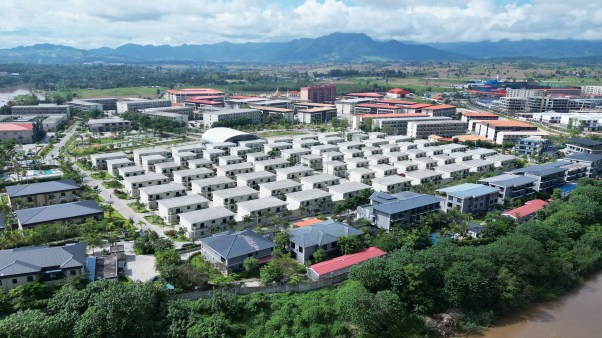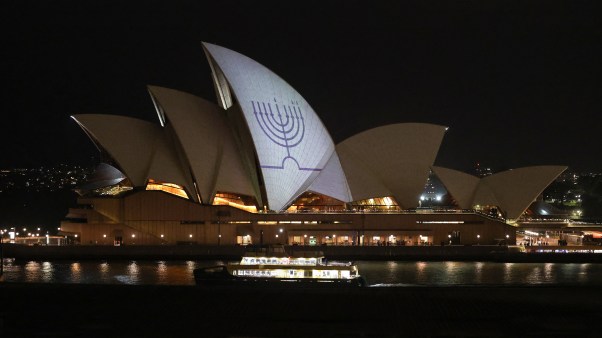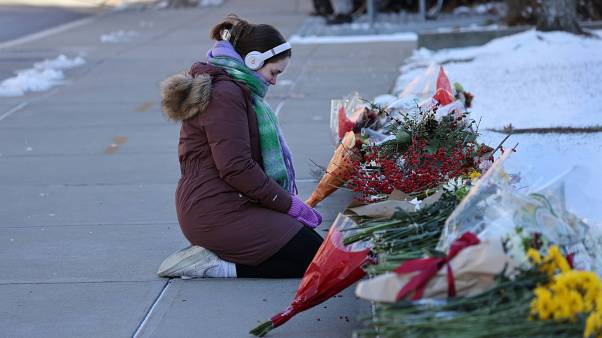The government of the Philippines and a moderate Muslim separatist group signed a peace accord September 2 aimed at breaking 24 years of fighting that has resulted in 120,000 deaths. But both the government and the Moro National Liberation Front (MNLF) now have to overcome sizable opposition to the accord among Christians and Muslims.
The treaty creates a development zone in the south, the traditional homeland of Muslims, which now is populated by a majority of Christians. To demonstrate MNLF reliability to the Christian majority, the accord lets Muslims lead a council overseeing development. After three years, the 14 provinces will vote on joining an autonomous region.
Christian & Missionary Alliance pastor Absalom Cerveza says, “If we shall achieve peace in this area, it will be a model to other countries who are also suffering from the same problem.”
But Congress member Daisy Fuentes, who represents the affected Mindanao district, is a leading critic of the accord. “There can never be peace when this peace is rammed and forced to the throat of the majority of the southern Philippines,” she says. “Let us give autonomy to Muslim people, but do not establish the Muslim autonomy in areas where Christians predominate.”
Cerveza predicted that the Organization of Islamic Countries, which brokered the negotiations, would be able to prevail on most of the Muslim fighters who still oppose the accord.
But trouble may be ahead. Abdulah Asis, spokesperson for the radical Muslim group Abu Sayyaf, which has raided Christian villages, denounced MNLF leader Nur Misuari as a traitor. And several Christian militias have organized since the signing of the agreement. Gun sales have risen by 50 percent in some areas.
Copyright © 1996 Christianity Today. Click for reprint information.
Last Updated: October 10, 1996









